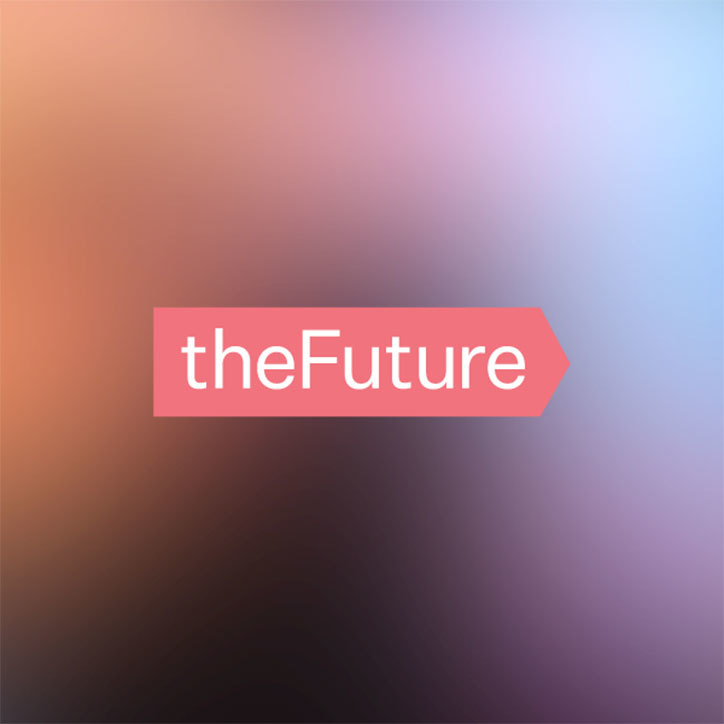By Melissa Chu
Trying to think up new ideas is a counterintuitive process. Do you ever notice that the harder you look for it, the harder it is to find?
It’s incredibly frustrating when you focus your mental energy on trying to find that one insight. You spend hours, days, or even weeks trying to find the solution to an issue.
Yet there are other times when that “Eureka!” moment just pops up out of nowhere. And of course, your brilliant idea arrives when you happen to be far away from your computer.
If you can’t force your way towards a great idea, then what can you do instead?
The problem with relying on intense concentration is that it isn’t enough. You can’t simply “think your way through” things. You end up running in circles, recycling the same old concepts.
What you need is a trigger. Something that inspires you, something that forces you to think outside your current train of thought. Once you step outside that cycle, you can generate one creative idea, which leads to another, and so on.
Here are 5 methods you can use to stimulate fresh, innovative ideas:
1. Create an “ideas page”.
An “ideas page” is a great way to store interesting thoughts and concepts that you come across. For instance, I have a document where I jot down ideas from time to time. Some are more fleshed out than others, ranging from a single point to a couple paragraphs and even research references.
Every time I notice or think of something interesting, I write it down. The important part is not the organization or formatting, but about recording those thoughts that pop up suddenly (and sometimes vanish just as quickly). By nurturing an ideas page, I find myself referring back to it often to help me write about various topics.
2. Immerse yourself in a busy place.
Sitting in a room and stewing isn’t likely to give you that sudden burst of inspiration. If you’re surrounded by the same old places doing the same old things, your brain won’t be stimulated to think differently. What you need is a source of external stimuli.
To do so, immerse yourself in a place that’s full of new things. Think the mall, a local park, or a street lined with boutique stores — anywhere that’s bustling with interesting things and lots of people. You’ll see, hear, and maybe even interact with people and places that can lead to an idea.
3. Clear your mind of distractions.
While clearing your mind is the opposite of immersing yourself in a busy place, it’s an incredibly effective, albeit different, way to search for ideas. Using this method, you rely instead on your brain as a source of internal stimuli. To get rid of distractions, try to lie down and listen to music, walk along a quiet path, or take a shower.
Basically, engage in relaxing activities that take you away from busy noises and sights. Relaxing allows your body to produce dopamine, an important ingredient in creativity. As a result of this increased dopamine, your mind is able to wander freely and make connections that weren’t at the forefront.
4. Surf the web.
If you’re chained to your desk and trying to find ideas, then look no further than the web for answers. I’ve gotten insights simply from going onto Google and checking out their Google Doodles. Many of the people and events featured have interesting backgrounds that provide valuable insights and lessons.
Or, you can check out one of your favourite bookmarked sights and see what’s new. The possibilities are nearly endless. You can end up reading about new places to visit, recommended books, or clever techniques to solve problems.
5. Look at something you think can be done better — and then improve it yourself.
Have you ever looked at something and thought, “I could do better”… and then proceeded to do nothing?
Talking about what you can do is easy. It’s another thing to break down how exactly something can be improved and why it would be beneficial. For instance, Ben and Jerry thought that existing ice creams were bland and lacked texture, so they created rich and chunky ice creams in a variety of unusual flavours under their brand, Ben and Jerry’s.
But you don’t necessarily need to improve a concept. Instead, you can alter something that exists by presenting it in fresh way. You see this in music when people create remixes and covers of popular songs. In literature, Pride and Prejudice and Zombies is a mash up between the classic Pride and Prejudice and the zombie genre. It became so popular that the book was turned into a movie, which was just as well-received.
You Can Find Ideas Anywhere
Ideas are applicable everywhere in life, from business to writing to everyday tasks. Did you find a simple way to solve a small, yet irritating issue? That’s an idea. Did you combine two separate items to create a unique concept? That’s another idea.
Ideas don’t simply appear out of thin air. They’re around you. That is, if you know how to look for them.
This article is from Medium.
Feature Image Credit: Shutterstock








